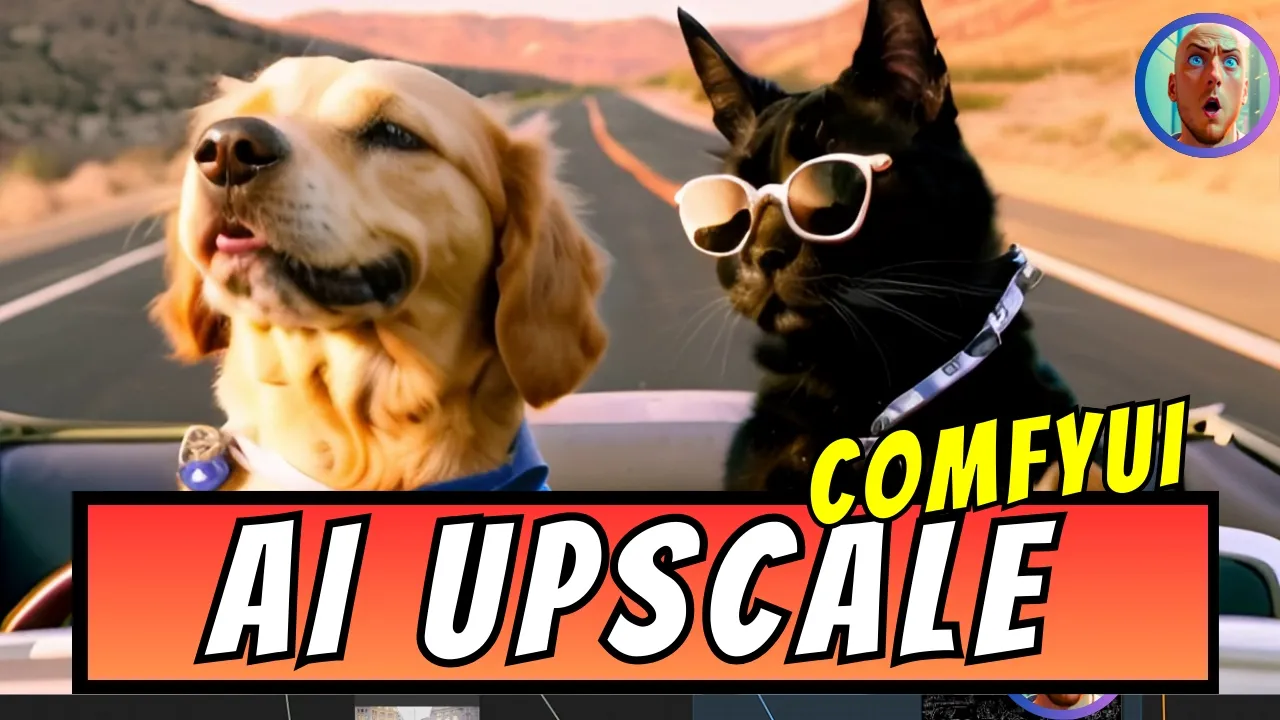
How to make an animated GIF using Adobe Illustrator CC advance training

Introduction
Creating an animated GIF may seem like a daunting task, but with Adobe Illustrator CC, it can be relatively straightforward and fun. In this guide, we will walk through the process of creating a simple animated GIF featuring a whimsical bubble-blowing whale.
Step 1: Setting Up Your Workspace
To begin, open Adobe Illustrator and start by creating a group. This will allow you to utilize multiple artboards with slight adjustments for our animation. Keep in mind that Illustrator is not primarily designed for animation; however, we can use creative workarounds to achieve great results.
Artboard Setup
- Open the Artboards panel.
- Create multiple artboards (around ten).
- Name your artboards sequentially using a naming convention: for example,
whale01,whale02, …,whale10. Remember to use leading zeros for proper sequencing.
Step 2: Using the Puppet Pin Tool
One of the techniques we’ll use is the Puppet Pin Tool, which allows for distortion and animation effects. Here’s how to use it:
- Select the Whale graphic.
- Go to the Puppet Pin Tool (you can assign a shortcut for faster access).
- Pin specific body parts of the whale, such as the tail, to create movement during the animation.
Breathing Animation
- For every frame, adjust the whale’s body to simulate breathing.
- Create new artboards for each frame and keep duplicating adjustments.
Step 3: Adding Bubbles
As part of the animation, we’ll create a bubble that emerges from the whale:
- Use the Ellipse Tool to create a bubble.
- Adjust the size and position of the bubble on each artboard so that it appears to shrink while moving upward.
Step 4: Exporting Artboards to Photoshop
Once you finish creating all your artboards:
- Go to
File>Exportand selectExport for Screens. - Choose the destination for your files and ensure they are PNG files.
Step 5: Assembling the GIF in Photoshop
After exporting your artboards, open Photoshop and follow these steps:
- Open the first exported image and ensure the "Image Sequence" option is checked.
- Adjust the frame rate to 30 FPS.
- Utilize the "Motion" workspace in Photoshop to preview your animation.
Adjusting Speed
You may need to right-click on the frames to adjust the speed of your animation. Stretch or shrink the timeline until the desired pacing is achieved.
Step 6: Exporting Your GIF
- To create the GIF, go to
File>Export>Save for Web (Legacy). - Choose your color settings, ensuring the GIF loops forever.
- Save your animated GIF to your desired location.
Alternative Export Formats
Additionally, you can export your animation as an MP4 video through Adobe Media Encoder, which allows for a different presentation method. Select H.264 as the format for compatibility.
Step 7: Final Touches
After you've successfully created your animated GIF or MP4, take a moment to review your work. Tweak any artifacts or adjustments necessary to enhance the overall quality of your animation.
Now that you have the tools and techniques to create your animation, it’s time for you to dive in and create something unique and vibrant. Share your creations on social media, and I can’t wait to see what you come up with!
Keyword
- Animated GIF
- Adobe Illustrator
- Puppet Pin Tool
- Artboards
- Exporting to Photoshop
- Animation Techniques
FAQ
Q1: Can I create complex animations in Illustrator?
A1: While Illustrator is not primarily for animations, you can create simple animations using creative techniques such as using the Puppet Pin Tool.
Q2: What are the required steps to export my GIF?
A2: Export your artboards to PNG, open them in Photoshop, create a sequence, adjust the speed and finally export as 'Save for Web' to create your GIF.
Q3: How do I ensure my artboards are properly named?
A3: Use a consistent naming convention with leading zeros (e.g., whale01, whale02) for sequential ordering.
Q4: Can I create videos instead of GIFs?
A4: Yes, you can export your animation as an MP4 video using Adobe Media Encoder with H.264 format for compatibility.
Q5: What if I want to speed up or slow down my animation?
A5: In Photoshop, you can right-click the frames in the timeline to adjust the speed and the length of the animation sequence as needed.
One more thing
In addition to the incredible tools mentioned above, for those looking to elevate their video creation process even further, Topview.ai stands out as a revolutionary online AI video editor.
TopView.ai provides two powerful tools to help you make ads video in one click.
Materials to Video: you can upload your raw footage or pictures, TopView.ai will edit video based on media you uploaded for you.
Link to Video: you can paste an E-Commerce product link, TopView.ai will generate a video for you.











